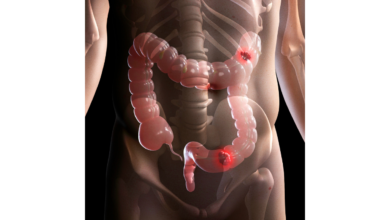Understanding the Fecal Occult Blood Test (FOBT)
Fecal Occult Blood Test: Early Detection of Colon Cancer

What is Fecal Occult Blood Test?
Fecal occult blood test (FOBT) is a screening test used to detect blood in a stool sample that is not visible to the naked eye. This type of blood can be a sign of a serious condition, such as colorectal cancer.
Why Fecal Occult Blood Test is required?
FOBT is primarily used to:
- Screen for colorectal cancer: Regular FOBT can help detect early-stage colorectal cancer when it is most treatable.
- Monitor individuals with inflammatory bowel diseases: It can help monitor the activity of conditions like Crohn’s disease and ulcerative colitis.
- Investigate symptoms: It may be used to investigate symptoms such as abdominal pain, changes in bowel habits, or rectal bleeding.
which are the method of Fecal Occult Blood Test ?
There are two main types of FOBT:
- Guaiac-based FOBT: This traditional method involves applying a chemical called guaiac to a stool sample. If blood is present, it will cause a color change.
- Immunochemical FOBT (iFOBT): This newer method uses antibodies to detect specific types of blood in the stool. iFOBT is generally more sensitive and less affected by dietary factors.
who should go for Fecal Occult Blood Test ?
The American Cancer Society recommends that:
- Adults aged 45-50 should get a regular FOBT.
- Adults aged 51-75 should get a FOBT every year or a colonoscopy every 10 years.
- Adults over 75 should talk to their doctor about the risks and benefits of continued screening.
What are the results of Fecal Occult Blood Test ?
A positive FOBT result means that blood was detected in the stool sample. This does not necessarily indicate cancer, but it requires further investigation. A negative FOBT result does not guarantee that you do not have colorectal cancer, so it’s important to follow your doctor’s recommendations for screening.
What are the components of Fecal Occult Blood Test ?
A FOBT typically involves:
- Collecting a stool sample: You will need to collect a stool sample and follow specific instructions for its collection and storage.
- Applying the test: The test kit will contain materials for applying the test to the stool sample.
- Interpreting the results: The results of the test will be interpreted by a healthcare provider.





